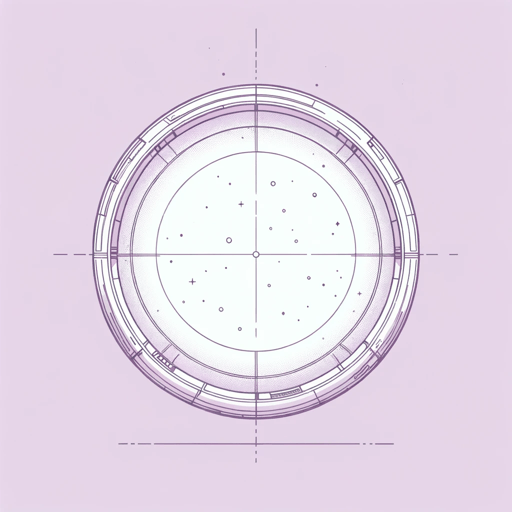52 pages • 1 hour read
Dan SimmonsHyperion
Fiction | Novel | Adult | Published in 1989A modern alternative to SparkNotes and CliffsNotes, SuperSummary offers high-quality Study Guides with detailed chapter summaries and analysis of major themes, characters, and more.
Symbols & Motifs
Resurrection
The motif of resurrection runs through some of the pilgrims’ tales. Most notably, resurrection is the central idea in Hoyt’s retelling of Duré’s experiences with the Bikura. Resurrection is a central component of Christianity, as Christ dies and is resurrected three days later. Thus, the priest understands the Catholic Church’s goal of achieving immortality. However, the cruciform that the Bikura revere is not a deity or credo but a biological organism. This type of resurrection is a horror to Duré, for the “Bikura have realized the human dream of immortality and have paid for it with their humanity and their immortal souls” (89). It is a physical resurrection, not a spiritual one; it leaves “insipid,” dull versions of one’s prior self.
Johnny, the John Keats cybrid, is another form of resurrection. Created by AIs, he is the repository for all knowledge and memories of and about the Old Earth poet. Frequently, Johnny has to remind Brawne Lamia that he is not the actual Keats. In fact, he is not even the original cybrid—that one was murdered. His existence raises questions about what makes someone human and a distinct individual. Now that all of his data has been downloaded to the Schrön loop in Lamia’s head, she feels she is “twice pregnant,” first with a child of procreation and secondly with all the bits of data that made up Johnny and Keats, hinting that perhaps that entity can be resurrected in another form.


